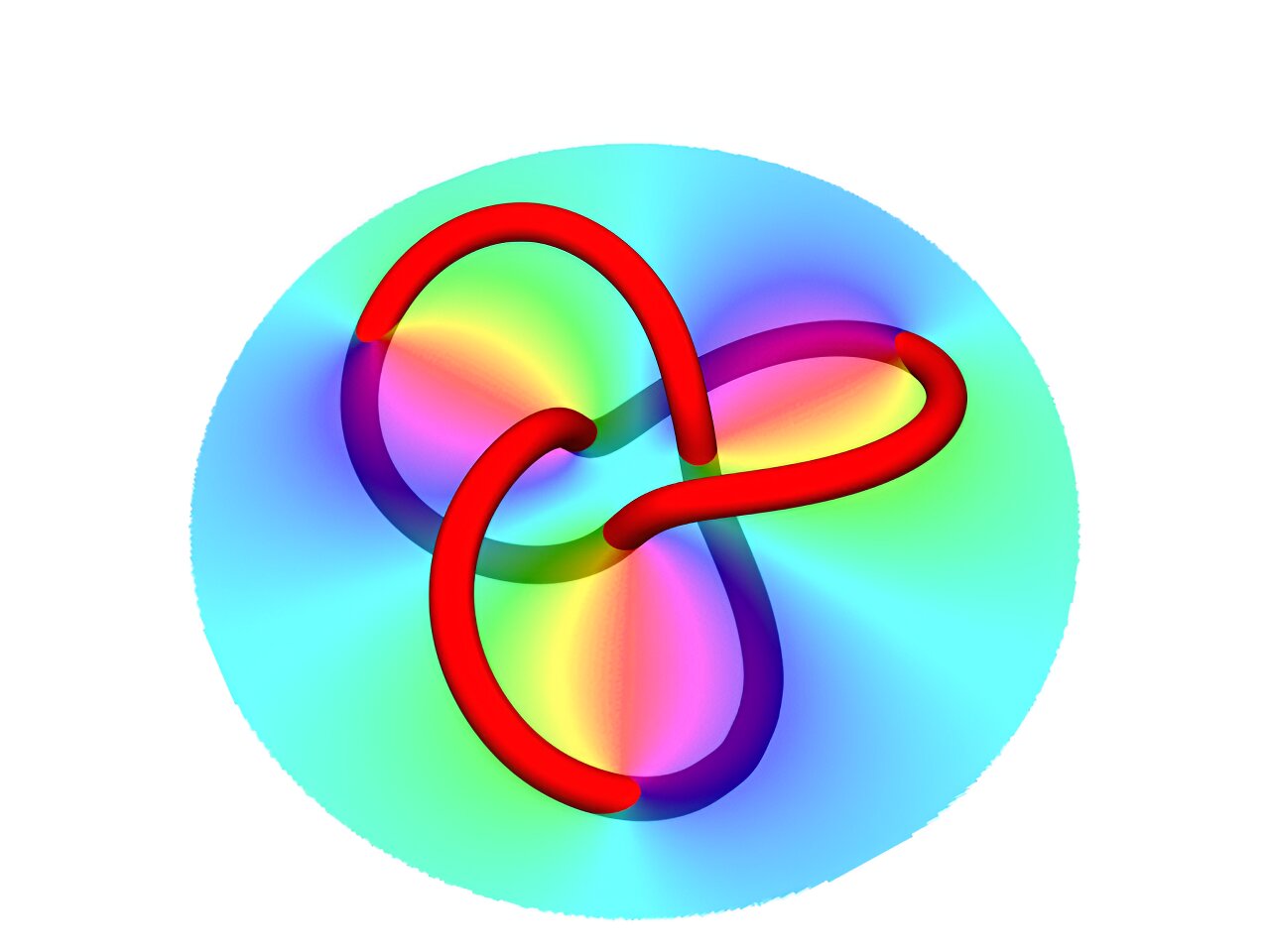
Credit: University of Bristol
A quarter century ago, physicist Juan Maldacena proposed the AdS/CFT correspondence, an intriguing holographic connection between gravity in a three-dimensional universe and quantum physics on the universe’s two-dimensional boundary. This correspondence is at this stage, even a quarter century after Maldacena’s discovery, just a conjecture.
A statement about the nature of the universe that seems to be true, but one that has not yet been proven to actually reflect the reality that we live in. And what’s more, it only has limited utility and application to the real universe.
Still, even the mere appearance of the correspondence is more than suggestive. It’s telling that there is something deeply fundamental to the hologram, that the physics of the volume of the universe might just translate to the physics on the surface, and that there is more to be learned there.
It’s one thing to cast problems of physics in a new language, even a new set of dimensions, to make them easier to solve. After all, physics abounds with such mathematical tricks and games that practitioners employ to solve challenging problems and move on to the next one. But the AdS/CFT correspondence, and the more general holographic principle that it represents, is so much more than a mathematical curiosity.
Remember that the essential goal here is to describe gravity, which for centuries we believed to be just another force of nature, just one more interaction that entities in the cosmos can use to interact with each other. But gravity does stand alone and unique among all the forces, even beyond its quantum intractability.
Gravity is the only force emitted and felt by every single entity in the cosmos. Anything with mass, anything with energy, creates a gravitational influence around it. And so too does anything with mass, anything with energy, anything with what we call existence respond to that gravitational influence.
Kepler was right to discern something special about the motions of the heavenly objects and connect those motions to our lives here on Earth. Newton was right to label it a force, a set of invisible strings that connect all of creation. Einstein was right to cast gravity not in terms of pushes and pulls, but in terms of the very fabric of spacetime itself.
The holographic principle, whether applied to the surface of a black hole and its mysterious contents or the relationship between string theory and quantum physics, is also telling us something meaningful about gravity. But Einstein already taught us what gravity is, it’s no mere force, but the natural response we living entities experience when we encounter the bends and wrinkles of spacetime.
Gravity is the spacetime playground that we all exist within. Another name for general relativity is geometrodynamics—the dynamics of geometry itself. Gravity is space and time and matter and energy all rolled into one breathing, vibrant system. What we call the universe is simply the container for all that activity, all the breadth of space and depth of time and complexity that fills it.
We have failed to find a quantized theory of gravity. We have no description of what truly happens at the boundary of a black hole. But we have learned in our quantum wanderings that physical, three-dimensional entities are not exactly what they appear to be. Indeed, they are shallower: black holes may truly be described only by their surfaces, their boundaries, their edges, rather than their full extents.
And when we apply this same chain of reasoning, that holography is a vital component to the quantum gravitational puzzle, out comes the AdS/CFT correspondence and a potential path to string theory glory. https://phys.org/news/2023-12-universe-hologram.html







Recent Comments